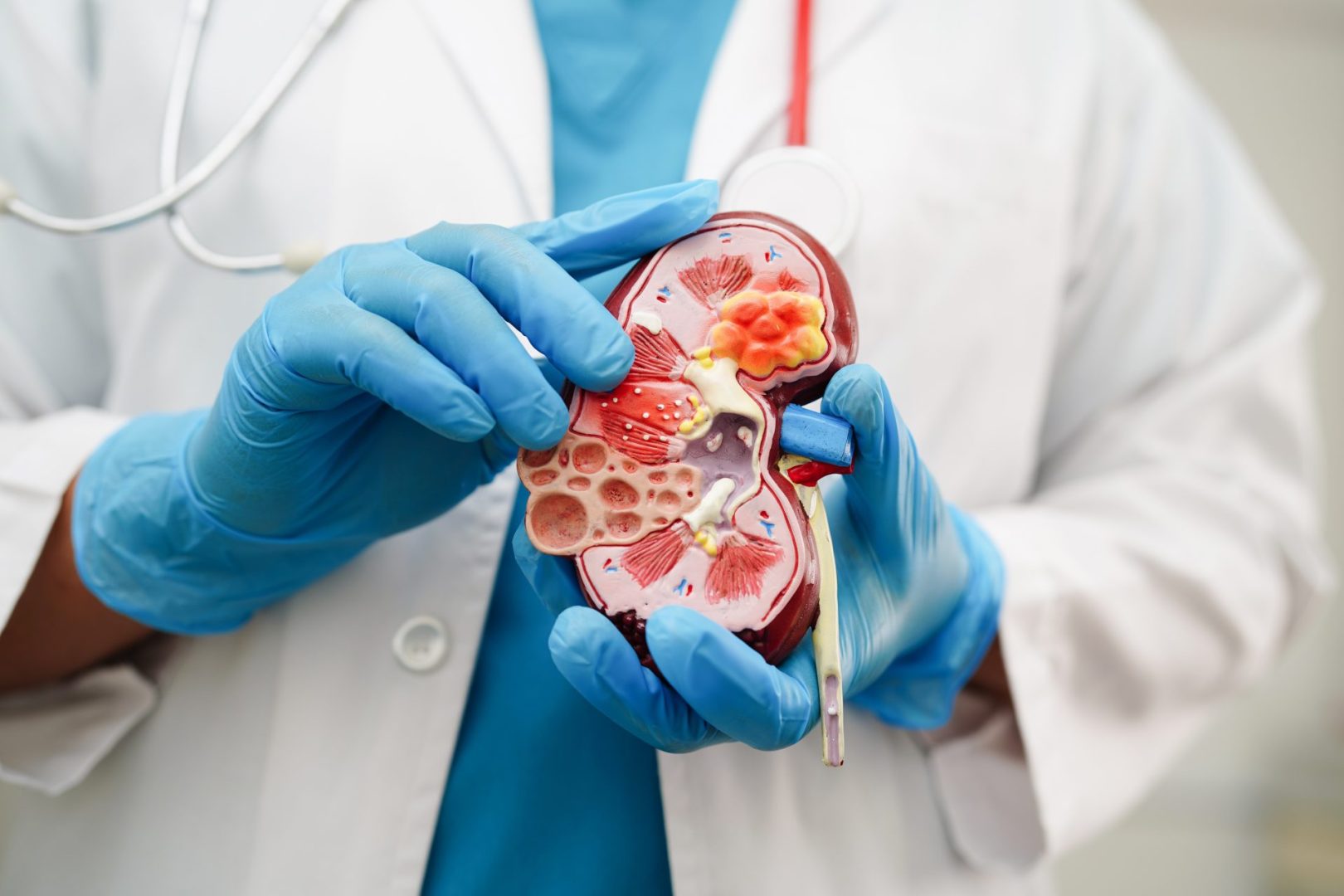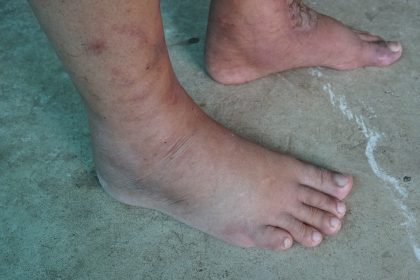Many individuals around the world live with just one kidney, whether from birth or due to medical circumstances later in life. While most lead completely normal lives, understanding how to maintain optimal kidney health becomes especially important. This comprehensive guide explores everything you need to know about living with a single kidney, from causes to long-term management strategies.
How people come to have a single kidney
There are four primary reasons why someone might have only one functioning kidney:
- Renal agenesis occurs when a person is born with only one kidney, a condition present from birth.
- Kidney dysplasia happens when someone is born with two kidneys, but only one develops properly or functions correctly.
- Surgical removal may be necessary to treat kidney cancer, severe injury, or other medical conditions that make removal of one kidney the best treatment option.
- Kidney donation is when a healthy person voluntarily donates one kidney to someone suffering from kidney failure, providing them with a life-saving gift.
Most people with a single kidney lead full, active lives without complications. The remaining kidney typically adapts by increasing in size and function to compensate for its missing partner. In fact, a single healthy kidney can often perform the work of two kidneys with remarkable efficiency.
Potential health considerations with one kidney
While most people with a solitary kidney experience few problems, there are some potential health considerations to be aware of over time:
Some individuals, particularly those born with renal agenesis or kidney dysplasia, might experience mild kidney function decline later in life. This typically takes 25 years or more to develop and rarely impacts lifespan significantly.
There may be an increased risk of developing high blood pressure as the single kidney works harder to filter blood.
Some people might develop protein in their urine (albuminuria) or experience progressive kidney function loss over time, a condition known as chronic kidney disease.
Because of these potential risks, annual kidney function screening becomes particularly important. Regular monitoring allows for early intervention if any issues arise, helping preserve kidney function for decades to come.
Finding out you have one kidney
Many people born with a single kidney never experience symptoms and might not discover their condition until adulthood—or potentially never at all. The discovery often happens incidentally during:
Medical imaging tests like ultrasounds, CT scans, or X-rays performed for unrelated reasons
Surgical procedures for entirely different conditions when doctors can visually confirm the presence of only one kidney
Medical evaluation for mild symptoms that might indirectly relate to kidney function
For those diagnosed with a solitary kidney, healthcare providers typically order several important tests to establish baseline kidney function:
Estimated glomerular filtration rate (eGFR) blood tests measure how effectively kidneys filter waste from the blood.
Urinary albumin-to-creatinine ratio (uACR) tests check for protein in the urine, which can indicate kidney damage when present in elevated amounts.
Additional imaging tests like detailed ultrasounds or CT scans provide visual confirmation and assessment of the remaining kidney’s size and structure.
Regular blood pressure monitoring becomes essential, as hypertension can both result from and contribute to kidney problems.
Protecting your sole kidney: 14 practical strategies
Preserving the health of your remaining kidney becomes paramount when you only have one. Here are fourteen practical strategies recommended by kidney specialists:
- Control blood pressure through medication if prescribed, regular monitoring, and lifestyle adjustments.
- Manage blood sugar levels carefully, especially if you have diabetes or prediabetes.
- Reduce salt intake to help manage blood pressure and decrease kidney strain.
- Avoid regular use of certain pain relievers known as NSAIDs (including common brands of ibuprofen, aspirin, and naproxen) which can damage kidney tissue with prolonged use.
- Get annual influenza vaccinations to prevent infections that could stress your system.
- Schedule yearly physical examinations that include kidney function tests.
- Know your family medical history, especially regarding kidney disease or related conditions.
- Exercise regularly but choose activities wisely to protect your kidney from physical trauma.
- Maintain a healthy weight to reduce strain on your kidney and cardiovascular system.
- Follow a balanced diet rich in fruits, vegetables, and whole grains while limiting processed foods.
- Avoid smoking, which damages blood vessels throughout the body, including those in the kidneys.
- Stay properly hydrated to help your kidney function optimally.
- Monitor and manage cholesterol levels to protect kidney blood vessels.
- Consult with specialists before or during pregnancy, as pregnancy can place additional demands on kidney function.
For most people with one healthy kidney who don’t have other kidney conditions, medication specifically for kidney health isn’t necessary. However, those who received a kidney transplant will need immunosuppressant medications to prevent organ rejection.
If kidney disease develops, physicians might prescribe specific medications to slow progression, including ACE inhibitors, ARBs, diuretics, SGLT2 inhibitors, or nsMRAs, depending on the specific condition.
Nutrition and exercise considerations
Most individuals with one healthy kidney don’t need special diets. However, maintaining overall healthy eating habits remains important for kidney protection:
Emphasize fresh fruits and vegetables in your daily meals.
Choose less processed foods whenever possible.
Limit sodium intake to help manage blood pressure.
Stay adequately hydrated throughout the day.
If you have additional health conditions like diabetes or hypertension, dietary adjustments may become necessary. Consultation with a registered dietitian can provide personalized guidance for your specific situation.
Regarding physical activity, regular exercise benefits overall health but requires some precautions with a solitary kidney:
The Centers for Disease Control recommends 150 minutes of physical activity weekly, which can be divided into manageable segments throughout the week.
Activities like walking, swimming, cycling, and dancing provide excellent exercise with minimal kidney injury risk.
Contact sports present potential risks for kidney trauma and merit careful consideration.
Some healthcare providers advise against participation in high-impact contact sports like football, boxing, hockey, soccer, martial arts, or wrestling.
Protective gear such as padded vests can provide additional protection during sports but cannot eliminate risk entirely.
Always weigh potential benefits against risks when considering physical activities, and consult with healthcare providers about appropriate precautions for specific sports.
Preparing for medical appointments
To maximize the value of medical appointments, prepare questions in advance:
Ask about your most recent eGFR and uACR test results and what they indicate about your kidney function.
Discuss whether your current weight is optimal for kidney health.
Confirm if your blood pressure falls within recommended ranges.
If applicable, review diabetes management and A1C levels.
Inquire about dietary modifications that might benefit your specific situation.
Request recommendations for maintaining overall health with particular attention to kidney protection.
Living with one kidney typically allows for a normal, healthy life with proper monitoring and care. By understanding potential risks, implementing protective strategies, and maintaining regular medical oversight, most people with a solitary kidney can expect excellent long-term outcomes and few limitations on their daily activities or life expectancy.













